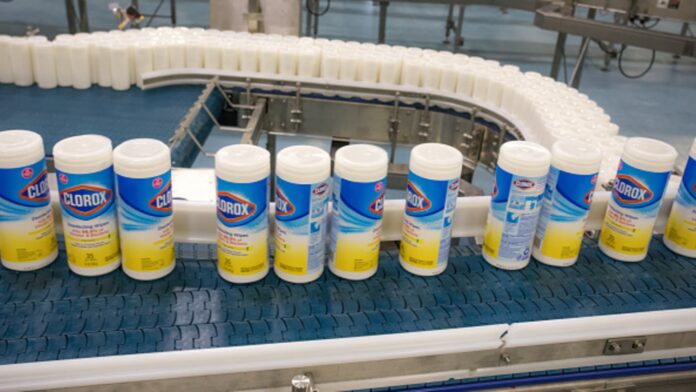Next year is expected to be a volatile one for the stock market, yet certain companies may be hurt more than others. Persistent inflation, a possible recession, earnings cuts and the Federal Reserve’s reduction of its bond holdings could send the S & P 500 tumbling to 3,000 in the first half of 2023 , Bank of America’s Savita Subramanian recently wrote in a note. That’s about a 22% drop from Friday’s close. Meanwhile, Morgan Stanley strategist Mike Wilson is predicting earnings will shrink 15% to 20% next year. CNBC Pro looked at stocks that are poised to lose the most in 2023 based on the average analyst price target, according to FactSet. We also included the percentage of sell ratings among the analysts that cover the stocks and their performances so far this year. Asset manager Franklin Resources has the most downside next year, set to lose 12%, according to the average analyst price target on FactSet. Some 33% of analysts covering the stock rate it a sell. The firm has $1.4 trillion of assets under management as of Nov. 30, up from $1.318 trillion at Oct, 31. Franklin Resources is down 23% so far this year. Following Franklin Resources is Consolidated Edison , which analysts believe could drop 11%, per FactSet, essentially erasing its gains this year. Of the analysts that cover the utility stock, 37% have a sell rating. When Consolidated Edison reported third-quarter earnings-per-share of $1.63 in November, it beat expectations. CEO Timothy Cawley also highlighted the company’s recent announcement it was selling its clean energy business for $6.8 billion, noting the sale will allow Consolidated Edison to focus on its core utility business. Also making the list is food giant General Mills , which has nearly 8% downside to the average analyst price target. Some 10% of analysts covering the stock rate it a sell. General Mills, which has gained 29% year to date, is set to release fiscal second-quarter earnings on Tuesday. Wall Street is expecting earnings per share of $1.06, according to StreetAccount. That’s an increase of about 7% from the same time last year. Another consumer name on the list is Clorox . The stock has nearly 7% downside to the average analyst price target, per FactSet. About 33% of analysts covering the stock have a sell rating. When the company reported earnings in November, it said it expected net sales between a 4% decrease to a 2% increase for fiscal 2023, compared to the prior year. It also expects a gross margin increase of about 200 basis points. Clorox is down about 17% year to date. Lastly, Etsy has nearly 4% downside to the average analyst price target. The online marketplace has tumbled 42% so far this year, but is up 44% since reporting an earnings beat on Nov. 2. Only 3.4% of analysts covering the stock rate it a sell. Citi recently initiated coverage of Etsy with a buy rating , saying it sees an attractive risk/reward outlook for the stock. Earlier in December, Jefferies reiterated its buy rating , saying it believes Etsy will be among the winners this holiday shopping season.
© heardonwallstreet.com


